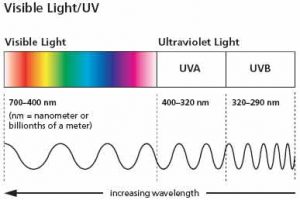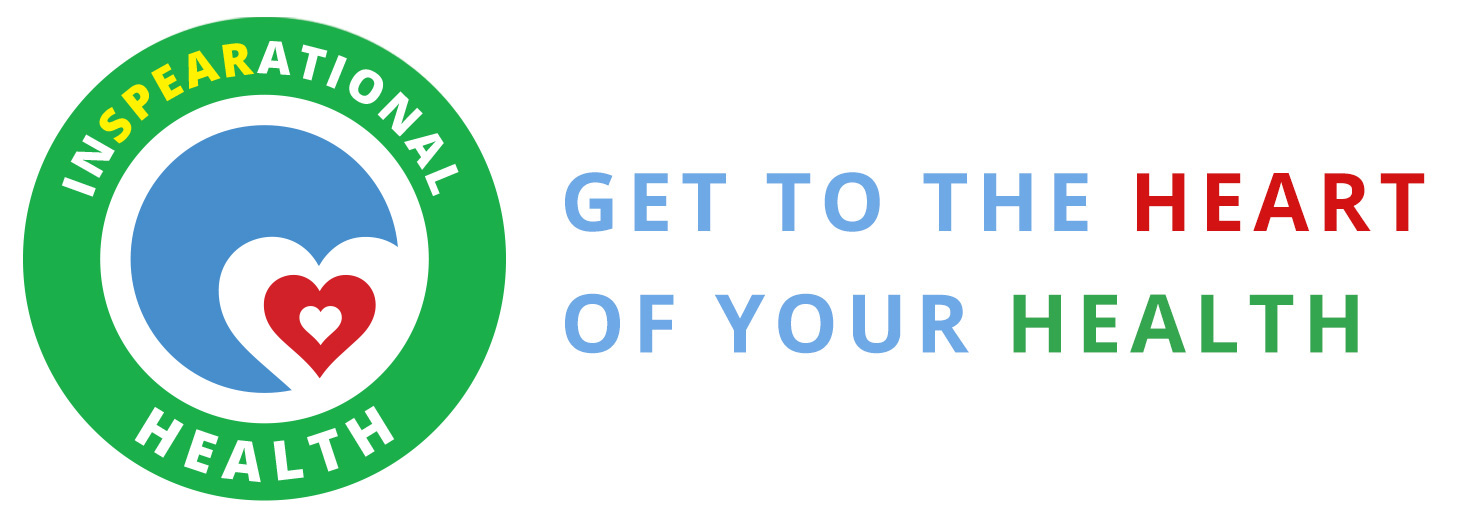May is Skin Cancer Awareness Month, so it seemed appropriate to ask about sunscreen. There are a couple things to know to help us be sun smart.
What is ultraviolet radiation? The Skin Cancer Foundation says that “UV radiation is part of the electromagnetic (light) spectrum that reaches the earth from the sun. It has wavelengths shorter than visible light, making it invisible to the naked eye.”
There are actually three types of ultraviolet rays from the sun:
1) UVA (long-wave)
 Causes tanning, aging, and wrinkles
Causes tanning, aging, and wrinkles- Intensity is fairly equal during all daylight hours throughout the year
- Accounts for up to 95% of the UV radiation
- Can penetrate clouds and glass
2) UVB (shortwave)
- Causes sun burns
- Intensity varies by season, location, and time of day
3) UVC
- Absorbed by the atmosphere so these don’t reach Earth
When it comes to skin cancer, we must protect ourselves from both UVA and UVB radiation. Some of the protective measures we can take include:
- UV protective tint on car windows
- Wear clothes with UPF (ultraviolet protection factor)
- Wear sunglasses and a hat
- Seek shade when outside
- Don’t allow your skin to burn, or even tan
- See a dermatologist annually for a skin exam
- Wear sunscreen
You may have heard that there are two types of sunscreen: chemical and physical. Chemical sunscreens have chemicals made in a laboratory to shield our skin from the sun. They absorb the active UV rays before it penetrates the skin. Physical sunscreens form a block on top of your skin that reflects the sun’s rays avoiding penetration.
Regardless if you use chemical or physical sun protection, there are some important things to know about using your sunscreen:
- Most importantly, you need to use sunscreen so buy what you will use
- Know that no sunscreen will protect you from 100% of the sun’s damaging rays
- Choose a broad-spectrum sunscreen that protects both UVA and UVB rays
- SPF 30-50 is your best option
- You may need to reapply throughout the day
- Apply 1 ounce at least 15 minutes prior to sun exposure
- Don’t forget to protect your lips with SPF lip balm
Check out these sunscreen FAQs from the American Academy of Dermatology and their infographic about selecting a sunscreen.
I use the Environmental Working Group website, as well as their app called Healthy Living, to help me make better-informed sunscreen selections. EWG releases an annual sunscreen guide and they grade sunscreens based on the ingredients, numbering them from 0 (least harmful) on up.
Sometimes, I also use an app called the UV Index by the Environmental Protection Agency. This app uses your location to show you the times of day when the sun’s rays are strongest so you can make an informed decision about when to be outside, if at all.

